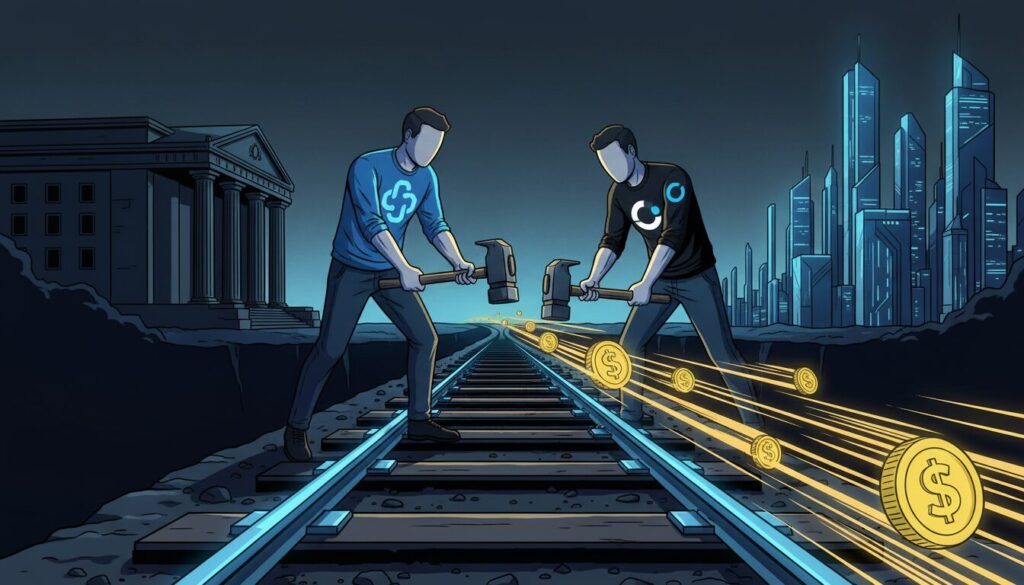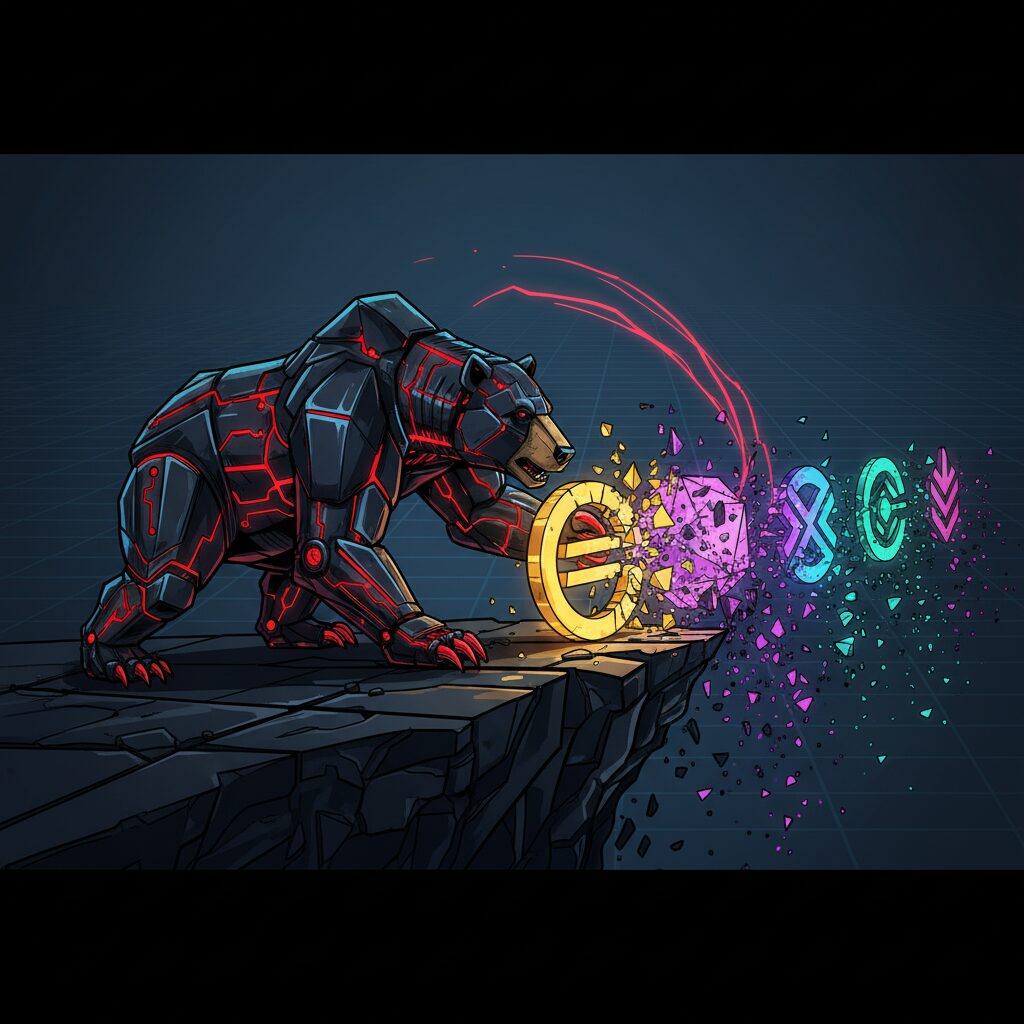Mapping the Future of Blockchain in Web3 Development

The Evolution of a Digital Ledger
Web3 represents a decentralized vision for the internet, a network where value can be transferred as seamlessly as information. At its heart is blockchain technology, an immutable ledger governed by code. This foundational layer is what empowers the growing ecosystems of Decentralized Finance (DeFi), Decentralized Autonomous Organizations (DAOs), Non-Fungible Tokens (NFTs), and the early metaverse.
Blockchain has evolved significantly from a tool for digital money into a platform for complex, programmable logic. The Ethereum network commercialized smart contracts, while stablecoins provided a form of programmable digital cash. These innovations paved the way for DeFi, which combines lending, exchanges, and derivatives into a new financial framework. Today, blockchains serve as shared systems of record for parties who don’t fully trust each other, supporting everything from digital identity and tokenized assets to supply chain management.
Key Trends Shaping the Next Wave of Web3
Several key trends are defining the future of blockchain development. Scalability remains a primary focus, with Layer-2 (L2) solutions like optimistic and ZK-rollups working to reduce costs and increase transaction throughput while leveraging the security of the main Layer-1 (L1) network. The future likely involves hybrid systems where high-volume activities happen on L2s, with final settlement anchored on an L1.
Interoperability is also critical, as the industry moves toward a multichain reality. Frameworks like Polkadot and Cosmos, along with advanced cross-chain bridges, allow different blockchains to communicate and route liquidity. This means new applications must be designed to support portable data and permissions across multiple networks.
Security and privacy are advancing through technologies like zero-knowledge (ZK) proofs, which allow something to be verified without revealing the underlying data. This innovation is unlocking secure DeFi applications, verifiable Know Your Customer (KYC) processes, and confidential business transactions. At the same time, the tokenization of real-world assets (RWAs)—such as invoices, treasuries, and real estate—condenses settlement times, enhances transparency, and enables fractional ownership.
Unlocking New Business Opportunities
For businesses, Web3 offers a range of practical applications beyond cryptocurrency speculation. Companies can embed DeFi features like on-chain lending and instant settlement to reduce counterparty risk. In gaming and consumer loyalty, utility-based NFTs can grant access, reward engagement, and create interoperable digital assets with programmable royalties.
Industries like supply chain and logistics can use shared ledgers to synchronize inventory and improve traceability among partners, cutting down on disputes and compliance costs. In healthcare, blockchain can support patient-centric records, consent management, and verifiable research data, enabling secure analytics across multiple parties.
Confronting the Core Challenges
Despite its potential, the Web3 space faces significant hurdles. Transaction throughput and latency can still be an issue, as network spikes can degrade the user experience. While most modern blockchains are energy-efficient, environmental scrutiny remains a factor in choosing a consensus mechanism. Regulatory uncertainty also persists, with requirements differing by region and asset class, forcing developers to design for compliance without compromising the user experience.
Best Practices for Building in a Decentralized World
Successfully navigating this landscape requires a strategic approach. Development should be product-led, focusing on the user experience to determine what must be verifiable on-chain and what can be handled by faster, cheaper off-chain services. Security can’t be an afterthought; it demands threat modeling, independent audits, and continuous monitoring.
A composable mindset is essential, favoring open standards that allow applications to integrate easily with the wider ecosystem. By focusing on practical use cases, building with a security-first mentality, and understanding the architectural trade-offs, developers can create robust and valuable Web3 applications.
Conclusion
Blockchain is the foundational substrate of Web3, offering a programmable and neutral layer for shared value. The opportunities—from new revenue streams to more transparent communities—are concrete. While challenges related to scale, regulation, and operations are real, they are being addressed with sophisticated architecture and growing expertise. The key is to identify problems where decentralization acts as a force multiplier, prototype rapidly, and invest in security from day one. With the right approach, businesses can not only keep pace with Web3 but also help shape its future.











